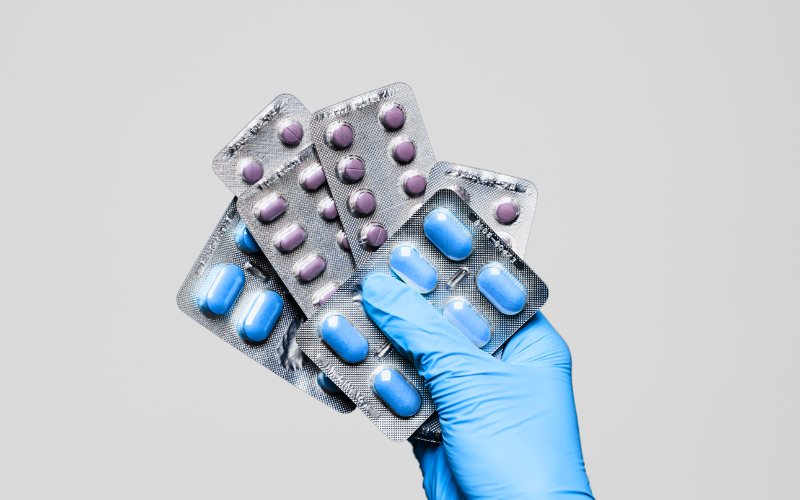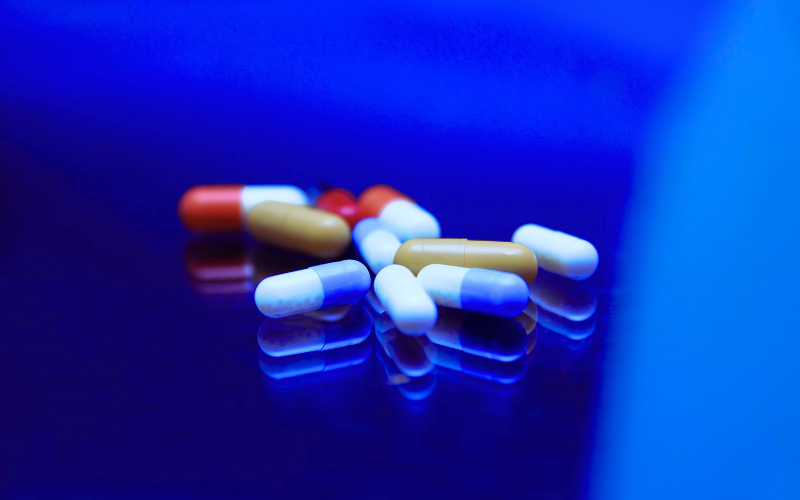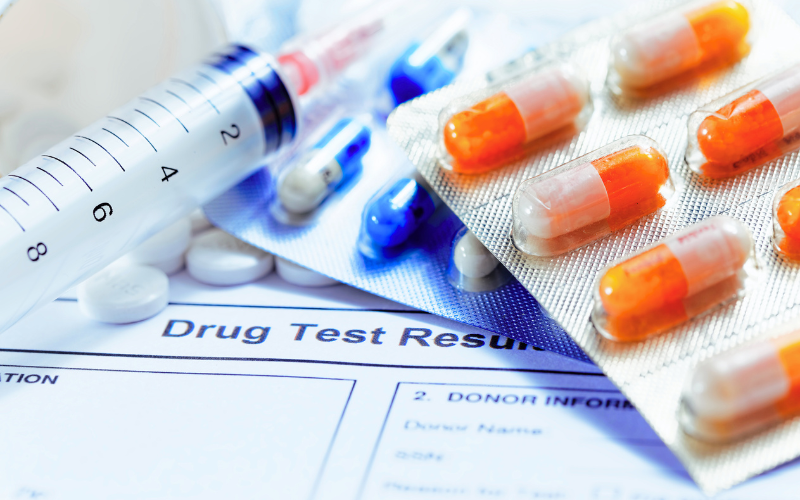The science behind fingerprint drug testing combines biology, chemistry, and technology to offer a reliable and user-friendly drug screening method. Its accuracy, efficiency, and ethical advantages make it a compelling choice for organisations in industries like Construction, Manufacturing, Transport & Logistics, and Mining, where safety is paramount.
This article delves into how this innovative fingerprint drug testing method works, and why it’s a reliable option for drug screening in various industrial settings.
Understanding the Biological Basis
When a person consumes drugs, their body metabolises these substances, producing specific metabolites. These metabolites are excreted through various bodily fluids and secretions, including sweat.
The sweat present in fingerprints carries these metabolites in trace amounts. By analysing the chemical composition of the sweat residue collected from the fingerprint, it’s possible to detect the presence of drugs and their metabolites.
How Does the Testing Process Work?
Sample Collection
- The individual being tested presses their fingertip onto a collection cartridge designed to absorb sweat from the fingerprint ridges.
- There’s no need for the individual to wash their hands before the initial screening test.
Chemical Analysis
- The cartridge is inserted into the DSR-Plus Reader, a device that uses sensitive reagents to detect specific drug metabolites.
- The reagents flow through the fingerprint, dissolving it in the process; no biometric data is collected or stored.
Result Interpretation
- Within minutes, the DSR-Plus Reader provides a result indicating the presence or absence of targeted substances.
- Results can be displayed on the device or transmitted to a computer system for record-keeping.
Advantages of the Scientific Approach
High Sensitivity and Specificity
The technology is designed to detect minute concentrations of drug metabolites, ensuring accurate results. The use of immunoassay techniques allows for high specificity, reducing the likelihood of false positives.
Non-Invasive and Hygienic
The process is straightforward and hygienic, requiring only a fingerprint touch. It respects individual privacy and dignity.
Rapid Results
The testing process provides quick results, allowing for immediate decision-making, which is crucial in industries where safety is paramount.
Addressing Common Questions
Is Fingerprint Drug Testing Accurate?
Yes, numerous studies have demonstrated that fingerprint drug testing is comparable in accuracy to traditional methods like urine or saliva tests. Validation studies have shown high concordance rates with established testing methods.
Can It Detect Recent Drug Use?
Fingerprint drug testing is effective at detecting recent drug use, typically within the past 16 to 24 hours. However, the exact detection window can vary as individuals metabolise substances at different rates.
What Substances Can It Detect?
The technology can detect a range of commonly misused substances, including:
- Opioids
- Cocaine
- Cannabis (THC)
- Amphetamines
- Benzodiazepines
Ongoing research is expanding the list of detectable substances.
Is the Process Secure Against Adulteration?
Yes, the sample collection process is difficult to adulterate. Since the sample is collected directly from the fingertip under supervision, tampering is highly unlikely.
The Technology Behind the Test
DSR-Plus Reader
The DSR-Plus Reader is a state-of-the-art device that analyses the collected samples. It uses advanced immunoassay technology to detect drug metabolites. The reagents within the cartridge interact with the sweat sample, and the reader interprets these reactions to provide a clear result.
No Biometric Data Collected
It’s important to note that while the fingerprint is used to collect sweat, no biometric data is captured or stored. The fingerprint itself is dissolved during the testing process, ensuring privacy and data security.
Regulatory Compliance and Standards
Fingerprint drug testing devices and methods are subject to regulatory standards to ensure their reliability and validity:
Quality Assurance
Manufacturers adhere to strict quality control processes. Devices like the DSR-Plus Reader undergo rigorous testing to meet international standards.
Certification
Devices may be certified by regulatory bodies, providing assurance of their performance and suitability for use in various settings.
Practical Applications
Fingerprint drug testing is particularly beneficial in industries where safety is critical:
Construction
Ensuring that workers are not impaired is vital to prevent accidents on construction sites. Fingerprint drug testing allows for quick, on-site screening without disrupting operations.
Manufacturing
In environments with heavy machinery, the risk of injury increases if employees are under the influence of drugs. Regular testing helps maintain a safe workplace.
Transport & Logistics
For drivers and operators of vehicles, being drug-free is essential for public safety. Fingerprint testing provides rapid results, facilitating compliance with regulations.
Mining
The hazardous nature of mining operations requires stringent safety measures. Fingerprint drug testing helps ensure that all personnel are fit for duty.
Ethical Considerations
Informed Consent
As with any drug testing method, individuals should provide informed consent before undergoing testing.
Data Privacy
Since no biometric data is collected or stored, privacy concerns are minimised. Test results should still be handled confidentially, complying with data protection regulations.
The Future of Drug Testing
Advancements in analytical chemistry and sensor technology continue to enhance the capabilities of fingerprint drug testing:
Expanded Detection Range
Research is underway to detect a broader spectrum of substances, including emerging synthetic drugs.
Improved Portability
Future devices may become even more compact and portable, facilitating testing in remote or challenging environments.
Integration with Digital Systems
Devices may offer seamless integration with digital record-keeping and reporting systems, improving efficiency and compliance.
Discover the precision of fingerprint drug testing—a scientific marvel revolutionising drug screening protocols and setting new standards for safety and efficiency. Book a free consultation now to see the system for yourself










